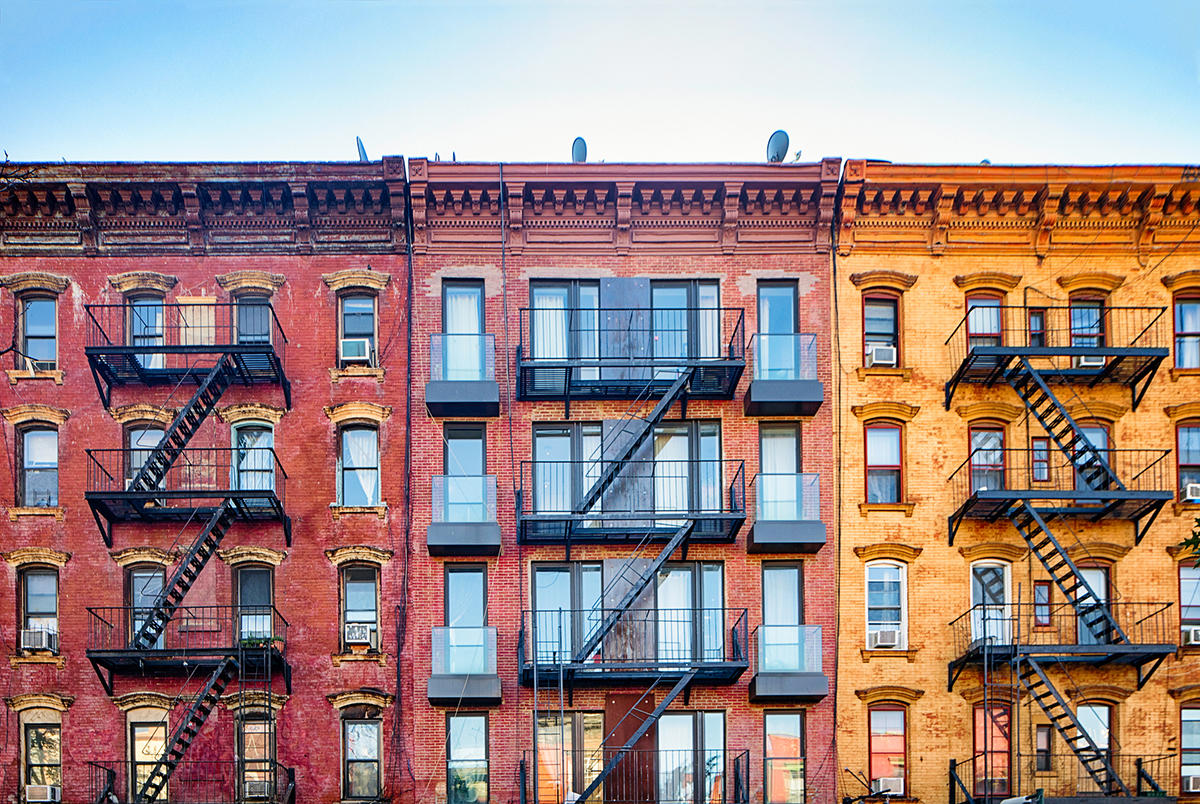Trending
Residential market report
From new median sales price highs in the boroughs to record low foreclosures in Manhattan, a look at the biggest trends

Median sales price hits record high in Brooklyn and Queens
Brooklyn and Queens saw strong sales numbers in 2018’s third quarter, while Manhattan continued to lag, according to reports from Douglas Elliman. In Brooklyn, the median sales price notched a record $808,000, up .3 percent year over year, and in Queens, the median sales price increased 4.3 percent in the same period, to a record $573,500. Both boroughs also saw big jumps in condo inventory, which could indicate that rising prices may be due to an influx of higher-end units.
In Brooklyn, inventory increased 73 percent over the past year, with 3,151 units on the market, while in Queens, the 5,300 available units marked an 18 percent increase. And though the total number of sales in Brooklyn was flat, the number of sales above $1.9 million in the borough rose by nearly 20 percent year over year. Compass broker Gabriele Sewtz said that despite the rise in median prices, the market is cooling off. “Aggressively priced inventory in the spring did not sell, and it came back to market in the fall with a wave of price deductions,” she said.
Manhattan rental vacancy rate hit highest level since April
Manhattan’s rental vacancy rate increased in September, while rents also rose and concessions decreased — a sign that tenants are still very touchy about pricing. The 1.4 percent vacancy rate was the highest since April but down from 2 percent a year ago, according to a report from Citi Habitats. “The market is so sensitive right now that any modifications can have an impact,” said Citi Habitats President Gary Malin. To keep vacancy rates down throughout the winter lull, landlords need to keep that in mind, he added. Overall, the numbers looked good for multifamily owners in September and the third quarter as a whole. Manhattan rents increased across all apartment types, to an average $2,435 for studios, up 2.5 percent from the previous quarter and 3.1 percent since last year. Two-bedrooms saw the most growth, with average rates climbing 7.1 percent to $4,325 year over year.
As development tapers, city rents expected to rise
As the development boom around the city continues to slow, rent prices are expected to keep growing at a rate of more than 3 percent per year in Manhattan, according to an analysis from Nancy Packes. The analysis shows a strong correlation between rental inventory and rent prices, indicating that as the development pipeline wanes, rent growth typically escalates the following year. In Manhattan, over 3,000 units were delivered in 2017, but there are just 1,600 planned for 2020. The pipeline in Brooklyn went from a high of 7,725 units in 2017 to 2,000 planned for 2020. Rent, meanwhile, is projected to grow at an average annual rate of 3.3 percent in Manhattan between 2018 and 2022, while growing 2.4 percent in Brooklyn and 2.2 percent in Queens, according to the analysis. “This is assuming steady demand — and rent demand is not steady, it’s growing,” Packes said.
Foreclosures in Manhattan fall to record low in the third quarter
New York City saw a total of 716 first-time foreclosures in 2018’s third quarter, a 17 percent slide year over year and the lowest level since the first quarter of 2017, according to a report from PropertyShark. In the first quarter of the year, citywide foreclosures hit a recession-level high of 920 homes slated for auction. But last quarter, Manhattan hit a record low, with just 22 properties being foreclosed on for the first time. Queens saw the highest number of foreclosures in the third quarter, with just over 300, a 5 percent increase over the previous year. Brooklyn’s levels stayed flat, with just over 200 foreclosures. While the overall number of foreclosures decreased, the numbers in Brooklyn and Queens were still more than twice as high as foreclosures in both boroughs in 2014 and 2015. Foreclosure rates were down 8 percent year over year nationwide and down 11 percent in the New York metro area, according to a report from Attom Data Solutions, which tracks homes entering the foreclosure process.




